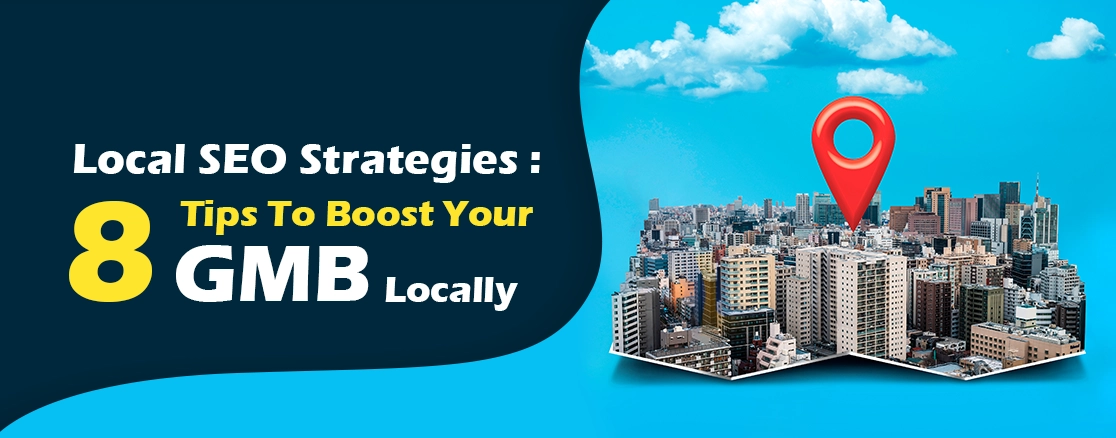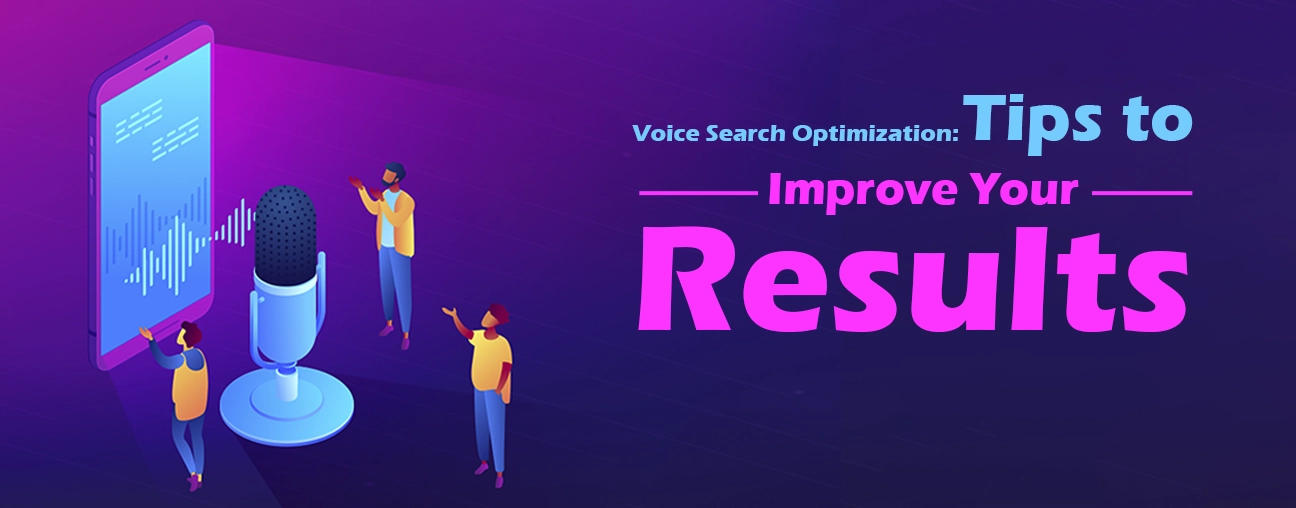A restaurant's website works more than an online menu in the modern world. It becomes the face of the company, an important tool for digital marketing, and a means of bringing in new customers. SEO agencies may aid you in bringing more consumers, improving exposure, and turning website users into devoted customers. The practical SEO agency listed below can help improve the internet visibility of your company.
1. Keyword Research: The Foundation of SEO
You should know the phrases that future consumers utilize to find eateries before you start optimizing. Pay attention to local area search phrases and food-related keywords that are correct for your area and taste. To find these phrases, use platforms like Ubersuggest, SEMrush, or Google Keyword Planner. As an illustration:
- “Best Italian restaurant in [City]”
- “Vegetarian food near me”
- “Affordable seafood restaurant [City]”
Use better keywords, which are three to four-word phrases, since they regularly drive more regular traffic. Naturally, add these phrases to all of the items on your website.
2. Optimize for Local SEO
For restaurants, local SEO is critical as your potential customers are nearby. Here’s how to optimize:
- Google My Business: Make sure the data about your eateries by their name, address, contact details, website address, and working hours is correct and up to date on your Google My Business (GMB) page. Add top-notch pictures of your restaurants and menu, welcome feedback, and answer them on a regular basis.
- NAP Consistency: For local SEO agencies, (Name, Address, contact ) regularity is important. Verify that the material on your website and on the internet such as OpenTable, Yelp, and TripAdvisor are similar.
- Local Citations: Keep regular NAP by listing your restaurant on reputable local directories like Yelp, Foursquare, and Zomato.
3. Mobile-Friendly Design
Most customers look up restaurants utilizing their mobiles. Google takes into account mobile closeness when determining rankings. Make sure the website for your company is responsive so that clients can use it easily on different devices. The Google Mobile-Friendly Test may be utilized to find any issues.
Key mobile-friendly elements include:
- Fast Loading Time: Compress pictures, minimize heavy scripts, and optimize your website to ensure the page loads easily.
- Clickable Buttons: Make sure that on mobile, options with text like "Order Now" or "Reserve Table" are large enough to see.
4. Structured Data for Rich Snippets
Rich snippets in search results such as ratings, money, and consumer reviews can be taken by utilizing schema markup, or structured information, which can help search engines in understanding your product. For restaurants, mark up necessary details like the address, working hours, food, and reviews from customers using the "Restaurant" schema. Improved click-through rates from search results can come from this.
5. Optimize Website Content

The material on your restaurant's website must be optimized for search engines as well as users. These are some crucial areas:
- Menu Page: Make sure the keywords on your menu are relevant and that they are easy to discover. Sort the menu products(appetizers, main dishes, sweets, etc.) and add thorough explanations for each item. To bring in certain consumers, use words like "Vegan," "Gluten-free," or “Authentic [Cuisine].”
- Landing Pages for Different Locations: Make different landing pages for each of your restaurant areas if you have more than one. Use area-specific local keywords to improve these pages.
- Blog Posts: Share restaurant news, events, recipes, and culinary trends on your blog. Users will be engaged by this, and it will also improve your ranking for long-tail keywords. Posts with titles like "Best brunch spots in [City]" or "How to make authentic Italian pizza at home" may draw in local foodies.
6. Image Optimization
Restaurants frequently use photos to highlight their food and atmosphere, but these photos must be SEO-optimized.
- Image Alt Text: Always explain your photographs using alt text. For instance, "Grilled salmon with roasted vegetables at [Restaurant Name]." This can be improved by the Digital Marketing Agency of your website by helping search engines in posting your pictures.
- Image Compression: Huge picture files might cause your website to load more slowly, which is bad for user experience and SEO. To minimize file size, use image compression programs like TinyPNG or ImageOptim.
7. Create a User-Friendly Navigation
The details of your website have an impact on how customers and search engines use it. A website with a better and clearer structure makes it hassle-free for customers to discover what they require quickly and entices them to stay on it longer.
- Simple Menu Bar: Offer connections to different sites such as the booking, menu, area, and contact details.
- Breadcrumb Navigation: Employ breadcrumb navigation to aid search engines crawl your website hassle-free and to show users where they are on the website.
- Call-to-Actions (CTAs): Make sure your call-to-actions (CTAs) such as "Order Now," "Make Reservation," or "View Menu" are optimized to aid customers using the website.
8. Encourage Online Reviews
Local SEO rankings are heavily influenced by online reviews. They increase credibility and trust, and they might raise the visibility of your restaurant in search results.
- Google Reviews: Encourage satisfied customers to leave reviews on Google. A better quantity of positive reviews increases your local SEO rankings by digital marketing.
- Respond to Reviews: Always reply to reviews, both positive and negative so that your digital marketing becomes better. This engagement shows potential customers that you value feedback and work to improve.
- Use Reviews on Your Website: Display customer testimonials on your website to build trust and optimize them with keywords like “best seafood restaurant in [City].”
9. Optimize for Voice Search
Particularly for area searches like "Where can I get the best Pasta near me?" Voice search is getting more and more famous. To make your content voice search-friendly:
- Conversational Keywords: In your products, use conversational, local language as people speak differently than they type.
- FAQs: Make a part of the FAQ that replies to regularly asked voice search questions, such as "What time does [Restaurant] open?" or “Are there any vegetarian options at [Restaurant]?”
10. Track and Monitor SEO Performance
Use resources like Google Analytics and Google Search Console to monitor the efficacy of your website. Monitor critical metrics such as:
- Organic traffic growth
- Keyword rankings
- Bounce rate
- Time spent on site
- Conversion rate (reservations, orders)
With time, these insights will enable you to improve your approach and maximize your SEO efforts.
Conclusion
Restaurant websites must use ongoing SEO, which calls for tactics planning and ongoing enhancement. You may increase your restaurant's search engine ranks and bring in more users by concentrating on local SEO, making your site mobile-friendly, using structured information, and generating interesting content. By putting this advice into practice, you may increase your restaurant's performance by improving visibility, boosting traffic, and so on.
Read Also - 9 Tips To Boost Your Social Media Traffic




.webp)



.webp)

.webp)
.webp)


.webp)
.webp)
.webp)

.webp)
.webp)

.webp)
.webp)




.webp)
.webp)
.webp)

.webp)




.webp)

.webp)


.webp)
.webp)

.webp)





.webp)




.webp)
.webp)


.webp)
.webp)
.webp)





.webp)


























